Mastering OEM Unibody Frame Repair Techniques for Optimal Results
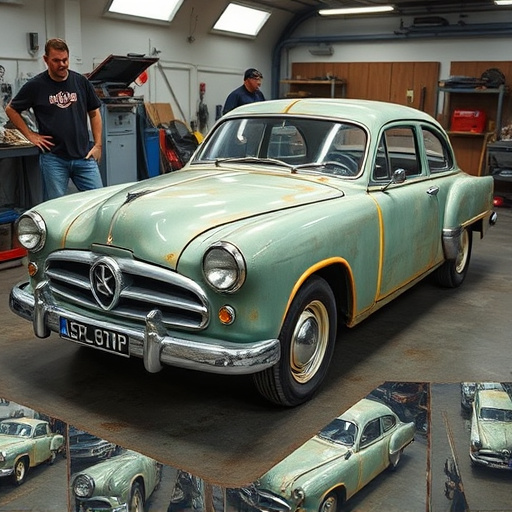
Mastering OEM unibody frame repair standards is crucial for top-tier, structurally sound repairs tha…….
Unibody frame repair is a specialized process within the automotive industry, focusing on the restoration and reinforcement of vehicle structural integrity. It involves the meticulous disassembly, evaluation, and reconstruction of a car’s unibody, ensuring its structural soundness after damage or accidents. This intricate practice has become increasingly critical as vehicles evolve with advanced safety standards and lightweight materials. In this comprehensive article, we will delve into the intricacies of unibody frame repair, exploring its historical roots, global impact, technological innovations, and its pivotal role in shaping the automotive industry’s future.
Unibody frame repair refers to the specialized technique of repairing or reconstructing the structural backbone of a vehicle, commonly known as the unibody. The unibody is a monocoque structure, integrating the body and chassis into a single rigid unit, providing both structural support and passenger safety. It consists of various components, including crossmembers, frames, panels, and braces, all working in harmony to distribute weight efficiently and absorb impact energy during collisions.
The concept of unibody construction has its roots in the automotive industry’s quest for lighter, safer vehicles. Traditional ladder-frame designs, prevalent in early automobiles, offered adequate strength but were relatively heavy, impacting fuel efficiency. The introduction of monocoque structures in the 1970s by European automakers marked a significant shift. This design revolution, pioneered by Volkswagen’s Golf and Ford’s Escort, reduced vehicle weight while enhancing structural rigidity, setting the stage for modern unibody frame repair techniques.
Over time, unibody designs have evolved to incorporate advanced materials like high-strength steels, aluminum alloys, and carbon fiber composites, further improving strength-to-weight ratios and safety features. These developments have prompted the need for specialized repair methods to restore damaged or accident-affected unibodies to their original structural integrity.
Unibody frame repair is a critical aspect of modern automotive manufacturing and aftermarket services. It ensures that vehicles maintain their structural stability, rigidity, and safety standards, even after sustaining damage. Here’s why it matters:
Unibody frame repair has garnered global attention due to its significance in ensuring vehicle safety and structural integrity across diverse markets. The international automotive industry’s shift towards standardized designs and safety regulations has led to the widespread adoption of unibody construction. Here’s a geographical breakdown:
Several trends are poised to shape the future of unibody frame repair:
The global unibody frame repair market is substantial and continues to grow. According to a recent report by Grand View Research, the market size was valued at USD 65.1 billion in 2020 and is projected to expand at a compound annual growth rate (CAGR) of 4.5% from 2021 to 2028. This growth can be attributed to several factors:
The unibody frame repair market is characterized by:
Unibody frame repair has far-reaching implications for economic systems:
Several technological advancements have revolutionized unibody frame repair:
Technological innovations have significantly impacted unibody frame repair:
Unibody frame repair is subject to various global and regional policies and regulations aimed at ensuring vehicle safety and quality:
Regulatory frameworks have a profound effect on unibody frame repair:
Unbody frame repair is not without its challenges:
To address these challenges, several strategies can be employed:
In a notable case, Volkswagen subjected its iconic Golf model to rigorous crash tests to demonstrate the effectiveness of its unibody design and repair capabilities. During testing, the Golf sustained significant front-end damage, including deformation of the hood and passenger compartment. The unibody was successfully repaired using advanced welding techniques and precision measurements, restoring it to its original structural integrity. This case highlights the importance of unibody frame repair in ensuring vehicle safety and reliability.
Toyota’s Prius hybrid, known for its fuel-efficient design, presented unique challenges when damaged. In one instance, a Prius involved in an accident had severe damage to its underbody and unibody structure. The repair required specialized knowledge of hybrid vehicle systems and advanced materials. Technicians utilized 3D scanning to create precise models of the damaged components, enabling them to fabricate custom replacement parts. This case demonstrates how unibody frame repair can accommodate complex modern vehicle designs while maintaining safety standards.
A classic car restoration project offers another perspective on unibody frame repair. An old sports car with a damaged unibody required meticulous disassembly, evaluation, and reconstruction. Technicians employed traditional and advanced techniques, including hand welding and robotic spot welding, to restore the unibody’s structural integrity while retaining the car’s historical authenticity. This case study showcases the versatility of unibody frame repair, catering to both modern and vintage vehicles.
The future of unibody frame repair is poised for exciting developments:
To capitalize on these future trends, unibody frame repair businesses should:
Unbody frame repair is not merely a technical process but a critical component of the automotive industry’s ongoing evolution. Its global reach, technological advancements, and regulatory underpinnings underscore its significance in ensuring vehicle safety, structural integrity, and sustainability. As vehicles continue to become more complex and lightweight, unibody frame repair will remain an indispensable practice, shaping the future of the automotive sector.
Through case studies and real-world applications, we’ve witnessed how unibody frame repair restores not just physical structures but also confidence in the safety and reliability of vehicles. With emerging trends like advanced composites and digital transformation on the horizon, the industry is poised for continued growth and innovation. As such, unbody frame repair remains a cornerstone of modern automotive manufacturing and aftermarket services, ensuring that vehicles remain safe, reliable, and environmentally responsible.
Q1: What is the primary purpose of unibody frame repair?
A: Unibody frame repair is the process of restoring and reinforcing the structural integrity of a vehicle’s unibody after damage or accidents, ensuring its safety and performance.
Q2: How does unibody frame repair differ from traditional body shop repairs?
A: While both aim to restore vehicles, unibody frame repair focuses specifically on the monocoque structure, which integrates the body and chassis. It involves intricate disassembly, evaluation, and precise reconstruction, ensuring structural integrity. Traditional body shop repairs address exterior panels and cosmetic issues.
Q3: Are there any environmental concerns associated with unibody frame repair?
A: Like any industrial process, unibody frame repair has environmental implications. However, responsible practices can mitigate these concerns. The use of advanced materials and efficient technologies reduces waste, and proper disposal methods ensure minimal ecological impact.
Q4: Can unibody frame repair be done on vintage or classic cars?
A: Absolutely! Unibody frame repair is versatile and can be applied to a wide range of vehicles, including vintage and classic cars. Skilled technicians use a combination of traditional and modern techniques to restore historical authenticity while meeting contemporary safety standards.
Q5: What are the benefits of using advanced materials in unibody frame repair?
A: Advanced materials like carbon fiber composites offer significant advantages, including increased strength-to-weight ratios, improved corrosion resistance, and enhanced structural integrity. These materials enable more intricate repairs, lighter vehicle designs, and superior overall performance.

Mastering OEM unibody frame repair standards is crucial for top-tier, structurally sound repairs tha…….
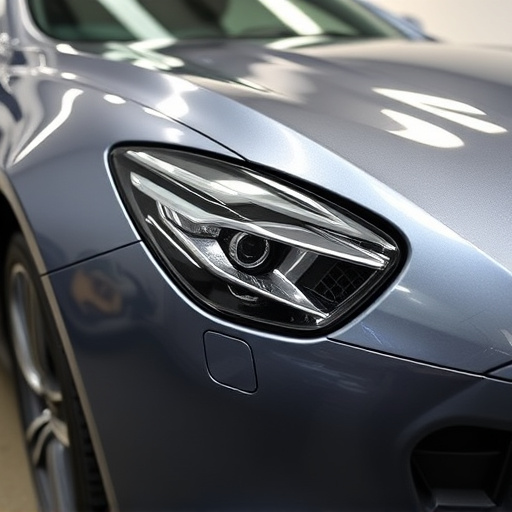
Unbody frame repair requires strict adherence to industry standards using IHS/ISO guidelines and OEM…….
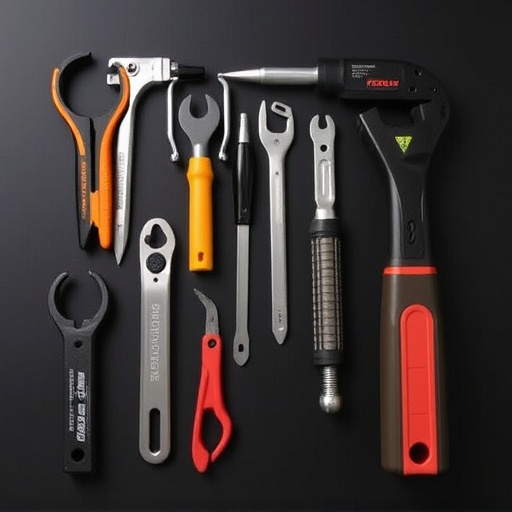
Unbody frame damage requires careful evaluation for repair vs. replacement. Unbody frame repair usin…….
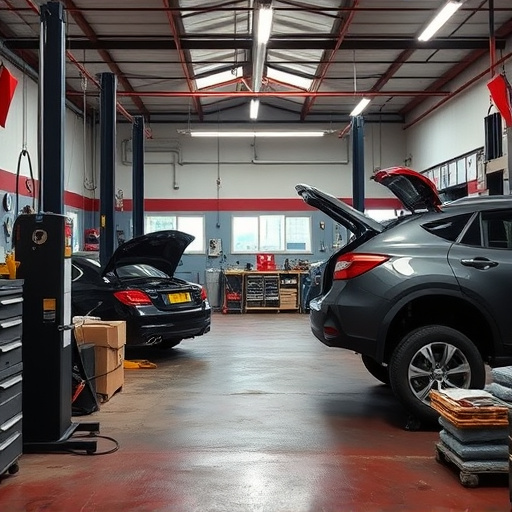
Meticulous visual inspection, measuring, and digital record-keeping are initial steps in unibody fra…….
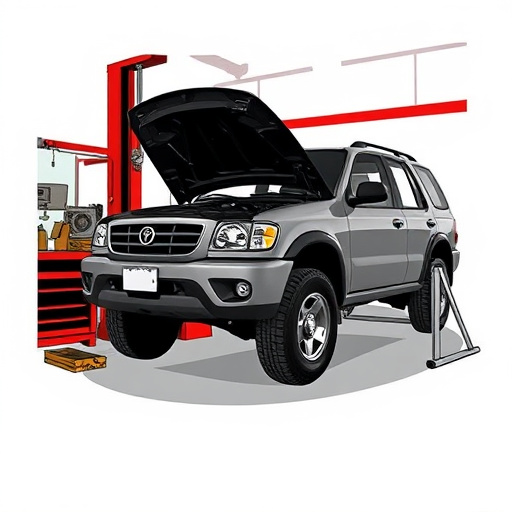
Ignoring minor unibody frame damage in cars can lead to costly, structural repairs later. Timely rep…….
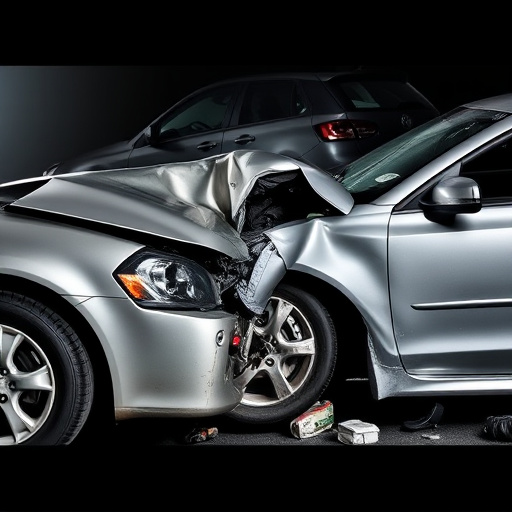
Unbody frame damage, often unseen but critical, is a common outcome of car accidents. Weather condit…….

Unbody frame repair is a specialized service crucial for vehicles with damaged structural integrity,…….
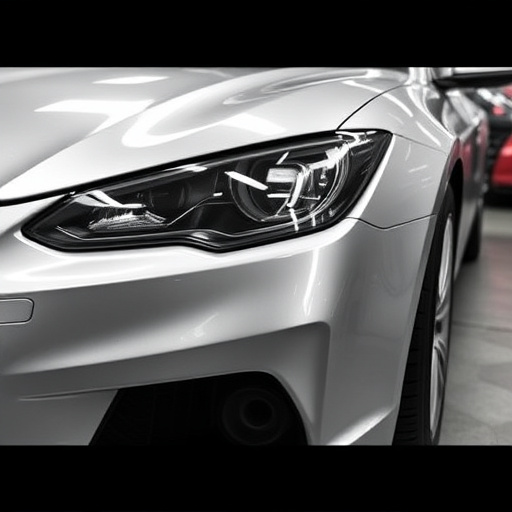
Unbody frame repair, though DIYers may attempt due to cost savings, carries significant risks for ve…….